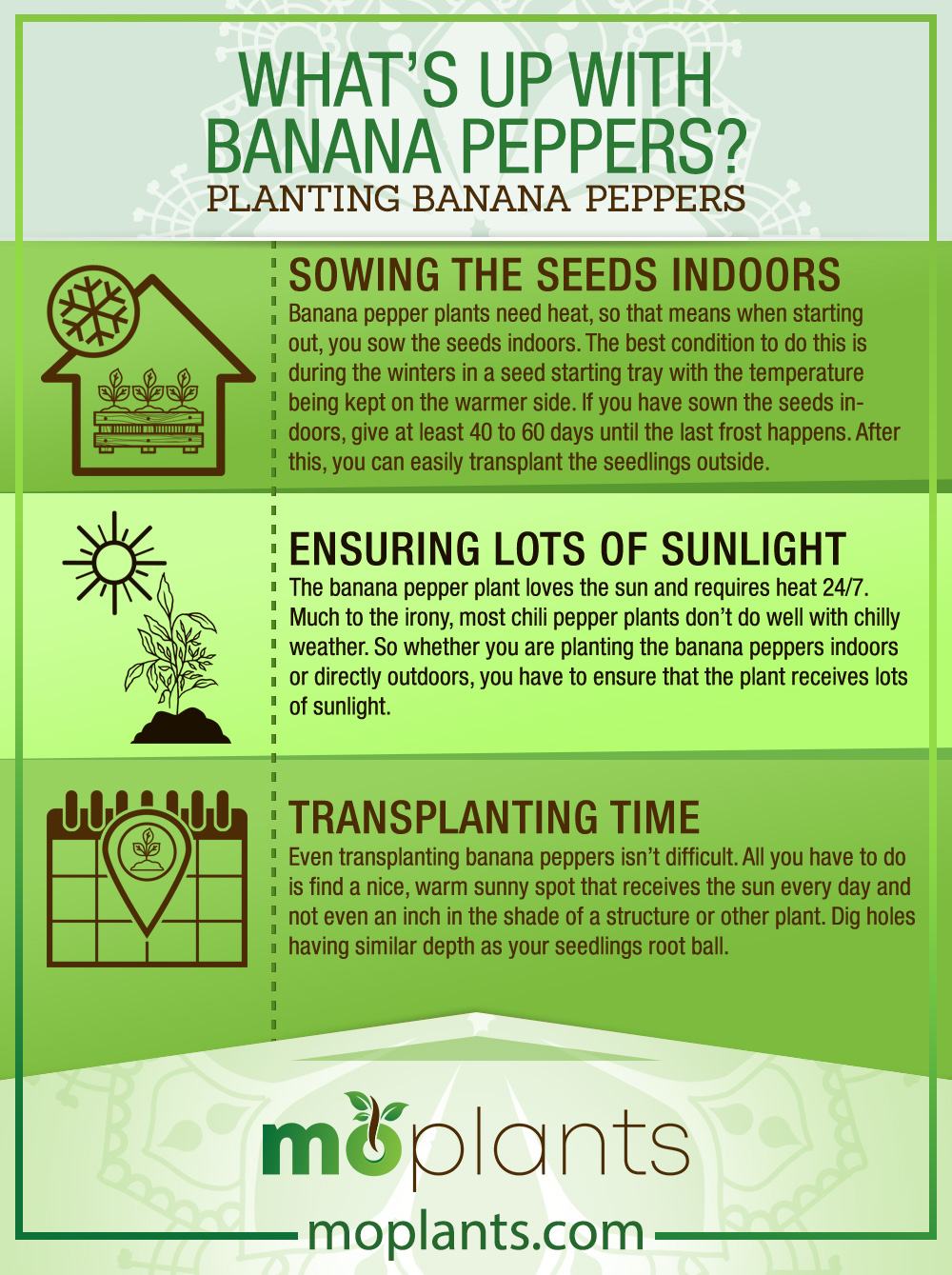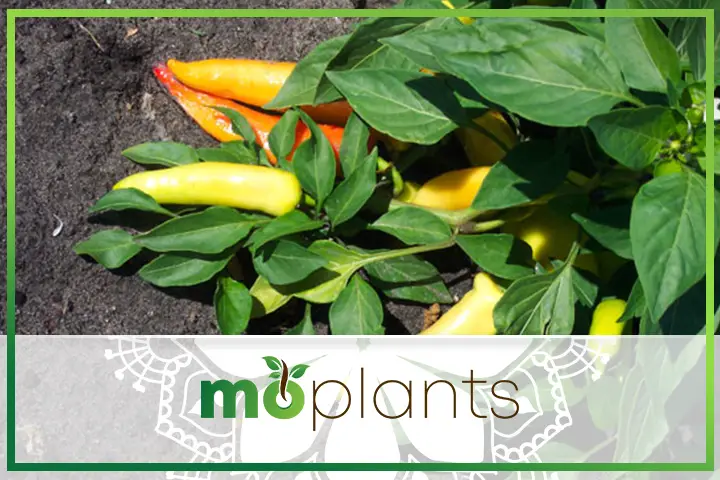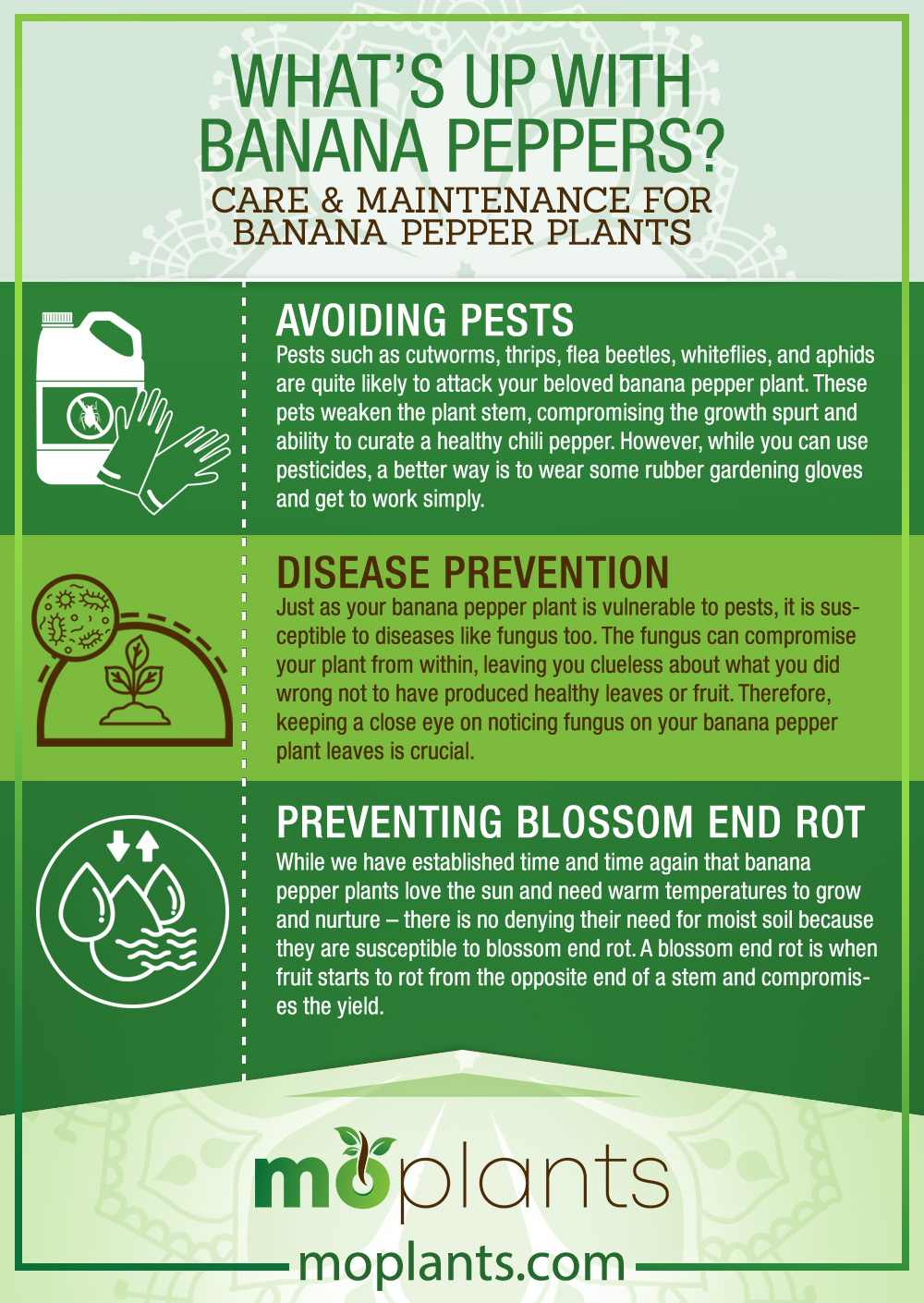Did you know that there are approximately 4000 different varieties of chili peppers in the world? Yes, you read that right. With that big of a number, you’d think there is a pepper for every taste bud out there, and you know what, you’re not wrong. There are so many different types of chili peppers cultivated around the world, from the spiciest to the sweetest and the mild ones in between.
Thanks to Scoville units for measuring how spicy chili pepper is, now you don’t have to taste the pepper if it ranks higher on the scale. You can find exactly the type that matches your spice tolerance and roll with that. So if you ever thought that bell peppers in your salad or jalapenos in a jar were the only chili peppers out there, it is time to branch out. And to help you explore a whole new world of chili peppers, we’ll start with Banana Peppers.
If you know your chili peppers, chances are you have heard about banana peppers. However, if you are a foodie and love to eat, then you must have cooked or eaten out various dishes hailing banana peppers as the hero. But what exactly are banana peppers? After all, their name is confusing and makes you wonder if it is yet another hybrid vegetable that is just becoming popular and has no taste, or do banana peppers really have something to offer?
Let’s find out together, shall we?
What is a Banana Pepper?
Also known as the yellow wax pepper or banana chili, the infamous banana pepper is a medium-sized, smooth-skinned chili pepper. The name is not as much of an attribution for its taste as it is for how it looks. As banana peppers are bright yellow with rounded bodies, they look a lot like bananas – hence, the name. Banana peppers belong to the chili pepper family of Capsicum Annuum. Their tangy taste ranges from 0-to 500 on the Scoville scale.
For taste reference, it is a good chance that you’ve had a mild jalapeno. So in comparison, a banana pepper is almost five times milder if they have any heat to it at all. Therefore, it isn’t a shocker that they don’t get sub-categorized under their family as “hot peppers.” So while you may add other peppers for the heat element in your food, a banana pepper may do great for enhancing the color and flavor profile with their tanginess.
Maybe that is also why banana peppers are more famous in cuisines that don’t rely too heavily on the spiciness of the food but rather on flavor. So you’ll commonly find banana peppers in salads, salsa, and sandwiches and topped on pizzas. This way, it remains an unsung hero of the dish and doesn’t overpower other ingredients with heat or spice levels. It gives an interesting flavor, bringing together the other flavor components to complement each other.
However, the most common dish made with banana peppers that makes them the shining hero is “Stuffed Banana Peppers.” The usual stuffing consists of meat and cheese, but you can always switch up the meat for your choice or do completely meatless stuffing for a vegetarian choice. In fact, you can easily add vegan ingredients and go vegan on the dish. Safe to say, the dish, like its hero, is so versatile that almost anyone can enjoy it as per their personal food preferences.
Welcoming Banana Peppers in Your Home Garden
Now that you know how versatile and beautiful banana peppers can be, we are sure you are intrigued to try out some if you haven’t already. But what is better than enjoying the process of growing your very own banana peppers? Brighten up your home vegetable garden with this tangy delight that is no less than a delight to grow too. The banana pepper plant is like a green, leafy shrub that loves the sun and goes on to give you thickly walled banana peppers.
Planting Banana Peppers
Even though peppers have a lot of types and varieties, none of them are challenging to grow. Therefore, with the right conditions, banana peppers are no different either. They are easy to grow and care for, given the right environmental catalysts are actively at play. The banana pepper plant loves the sun, but colder seasons become unavoidable due to a longer time taken for a growth spurt.
Here’s how you get started:
Sowing the Seeds Indoors
Banana pepper plants need heat, so that means when starting out, you sow the seeds indoors. The best condition to do this is during the winters in a seed starting tray with the temperature being kept on the warmer side. If you have sown the seeds indoors, give at least 40 to 60 days until the last frost happens. After this, you can easily transplant the seedlings outside.
However, if you live in an area where you experience less to no frost and are usually warm, you can plant banana peppers directly in your garden almost any time of the year. All you have to ensure is that the temperature stays consistently warm in the range of 60 to 75° and gives you 40 to 60 days for the seeds to start out and get used to the climate.
Ensuring Lots of Sunlight
The banana pepper plant loves the sun and requires heat 24/7. Much to the irony, most chili pepper plants don’t do well with chilly weather. So whether you are planting the banana peppers indoors or directly outdoors, you have to ensure that the plant receives lots of sunlight.
Just like their planters, banana pepper plants require at least 8 hours under the sun every day. So if you have sown the seeds in a tray, place the tray in a sunny spot by your kitchen window or any other elevated place right in the morning where the plant can get sunlight throughout the day. The spot should be warm, too, taking the temperature at 60°F or even higher at times.
Transplanting Time
Assuming you have sown your banana peppers indoors, you must be waiting for the last frost to happen and the weather to clear up after. It can take anywhere up to 40-60 days from sowing the seeds for the weather to change to the warmer side. So if you have been accurate with your weather predictions, it is time to move the banana peppers outside.
Even transplanting banana peppers isn’t difficult. All you have to do is find a nice, warm sunny spot that receives the sun every day and not even an inch in the shade of a structure or other plant. Dig holes having similar depth as your seedlings root ball. But keep the width twice in size for expansion. Plant the banana peppers seedlings almost eight inches from one another.
Infographic


Care & Maintenance for Banana Pepper Plants
Growing banana peppers is all hunky-dory until it’s not. Like most of its pepper cousins in the family, banana pepper plants are also highly susceptible to pests, diseases, and blossom end rot which can reduce your yield. Hence, if you have taken it upon yourself to grow your very own banana pepper shrub, then here are the following care and maintenance pointers that you have to be careful about and monitor the plant closely for any threats.
Avoiding Pests
Pests such as cutworms, thrips, flea beetles, whiteflies, and aphids are quite likely to attack your beloved banana pepper plant. These pets weaken the plant stem, compromising the growth spurt and ability to curate a healthy chili pepper. Therefore, you must pay attention to any pests attacking your plant and making it vulnerable.
However, while you can use pesticides, a better way is to wear some rubber gardening gloves and get to work simply. Wash off the leaves with a bar of organic botanical soap and simply flick off the bugs and worms by hand from your plant. It would take some close inspection to find them amongst the leaves but removing pests by hand does the job.
Disease Prevention
Just as your banana pepper plant is vulnerable to pests, it is susceptible to diseases like fungus too. The fungus can compromise your plant from within, leaving you clueless about what you did wrong not to have produced healthy leaves or fruit. Therefore, keeping a close eye on noticing fungus on your banana pepper plant leaves is crucial.
It is better to have an automatic drip irrigation system for diseases like fungus prevention. If this isn’t something you have or are willing to invest in, for the time being, try hand watering the base of each plant carefully instead of overhead watering with a watering can. You will see a significant change in the growth spurt, too, once you make it a habit of hand-watering.
Preventing Blossom End Rot
While we have established time and time again that banana pepper plants love the sun and need warm temperatures to grow and nurture – there is no denying their need for moist soil because they are susceptible to blossom end rot. A blossom end rot is when fruit starts to rot from the opposite end of a stem and compromises the yield.
However, consistently moist soil maintained all season long can greatly help prevent blossom end rot. You can also add mulch from time to time to retain the soil’s moisture level and ward off any weeds compromising your banana pepper plant area. You certainly don’t want all your effort to go to waste due to a blossom end rot.
Infographic

Harvesting Banana Peppers
Finally, after 60 to 75 days of you transplanting the banana pepper plant outdoors, it shall be the time to harvest your bright banana peppers. As their average size can range anywhere from four to eight inches, you can harvest them as per your liking almost any time after 65 days of transplanting. You can also touch and check if the flesh seems soft yet firm to touch in order to confirm if your banana peppers have ripened enough to be harvested.
Also, you can take note of the color of the banana pepper. Usually given their name, they are a bright yellow color like a banana. However, a banana pepper can turn green, red, orange, and even purple as they ripen. So don’t be alarmed if suddenly you notice that your banana peppers are turning purple. That is just their way of sunburn prevention and would go back to ripening just fine to be harvested and consumed in a unique color variation.
Adequate Storage
The best part of having your very own home-grown banana peppers is that you don’t have to wait to go grocery shopping. You can simply go and snip off the banana peppers to use fresh in your food dishes or store them to use later. However, an adequate store is important to keep the banana peppers fresh and long-lasting.
Therefore, if you store them carefully, they should give you somewhere 2 to 3 weeks to use them. The optimal way and condition to store them would be to place them in a plastic zip-lock bag and keep them refrigerated. The ideal place should be your dedicated vegetable drawer. It usually carries the right temperature of 40-45°F that is perfect for storing all sorts of peppers.
Wrap Up
Safe to say, banana peppers are some of the brightest, mildest and easiest to grow chili peppers you can ever find. Banana peppers should surely make home in your vegetable garden with an interesting flavor profile and a versatile personality to suit every food preference. With just a little bit of care and maintenance, you can have banana peppers as a pantry staple as you can pluck them fresh from your garden.
Need resourceful gardening guides to add more vegetables and banana peppers to your vegetable home garden? Then connect with us at Mo Plants – your one-stop gardening directory for more gardening know-how. Our comprehensive guides will be an excellent resource for reading more about other plants, vegetables, herbs, and fruits to expand your home garden into a colorful sanctuary.
Bon Appetit!

